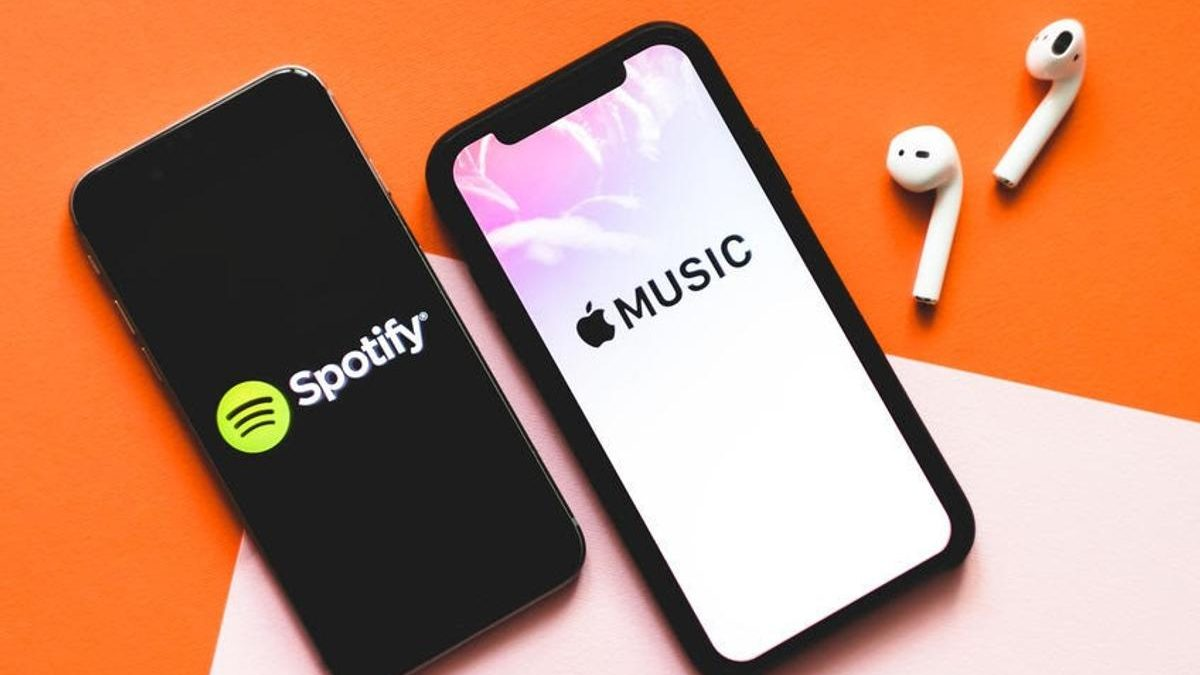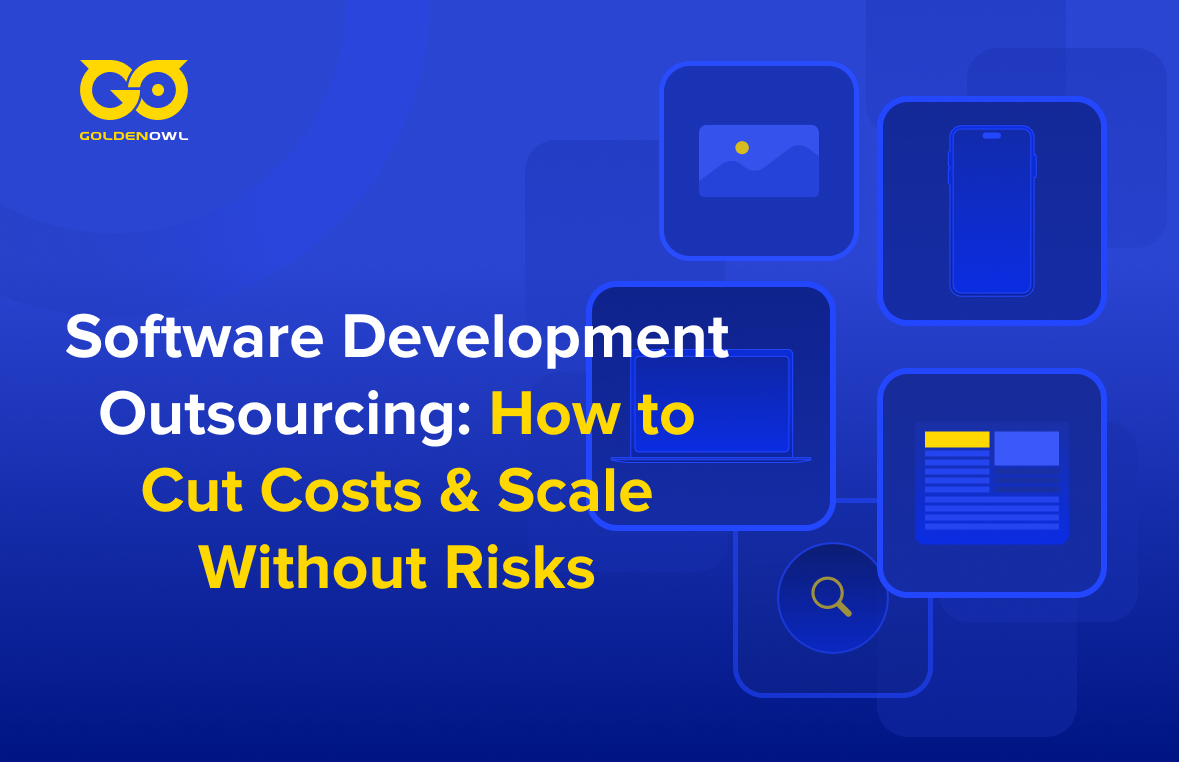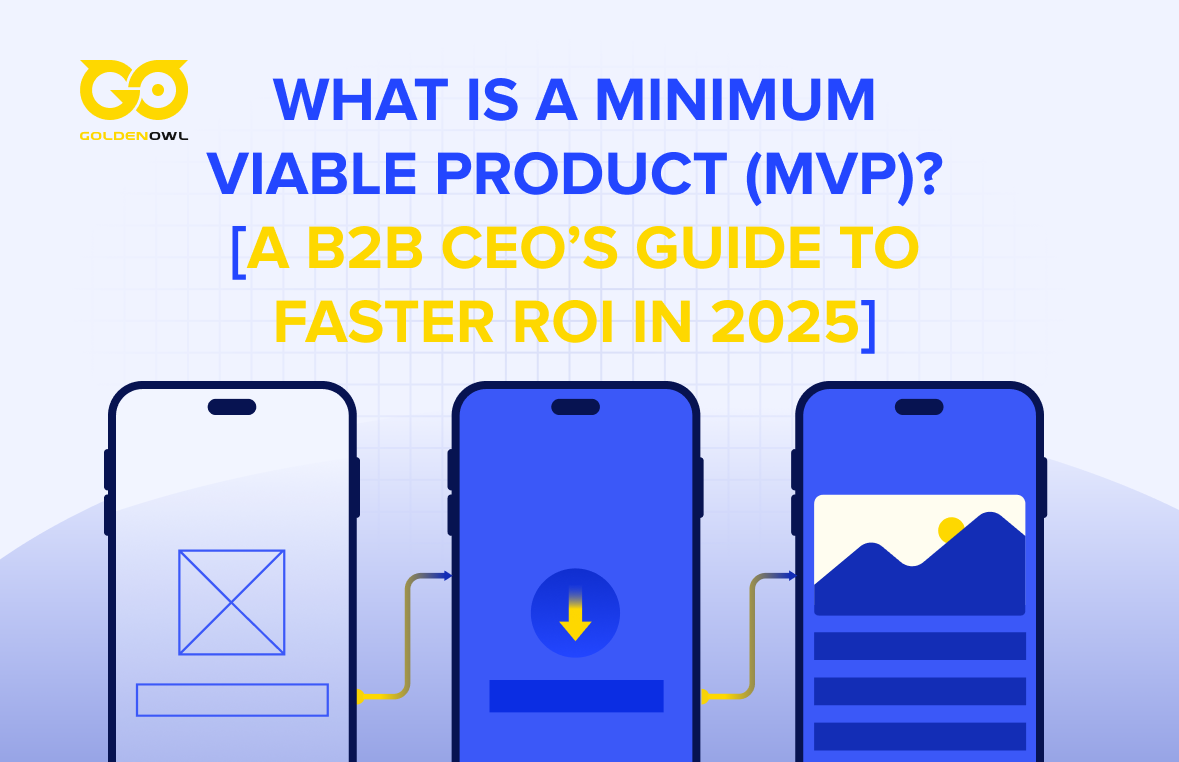Consumer perceptions of you and your capacity to address their demands are influenced by how you do your brand positioning in the market. It establishes who your competitors are in your category, and, if properly positioned, it establishes how much individuals or companies will pay for your goods or services.
You can stand out like a sore thumb or a ROCKSTAR, but you must stand out with a distinct position in the marketplace at the core of your business.
It appears to be simple enough, but it is not. Marketers must master brand positioning in the face of all the signals flooding customers every day.
In order to give you a clearer picture, we've compiled a list of the most successful brand positioning firms together with 5 best brand positioning strategies for your business, especially for startups, to follow.
WHAT IS BRAND POSITIONING?
Branding and positioning strategy is the process of developing a unique offering for a brand that distinguishes it in the eyes of consumers.
This in return increases its attractiveness and has a positive influence on present and future purchase potential.
Brand positioning is developed in a way that signifies distinction in relation to your competitors, ensuring that when your target customers think about your brand, they are aware of the benefits you provide. As a result, you're demonstrating the worth of your brand to your target demographic.
Simply put, brand positioning expresses to your customers what you want your brand to be. And it is about having a distinctive place in the mind of the target consumer.

WHY DOES BRAND POSITIONING MATTER?
The importance of brand positioning is that it allows you to distinguish your product or service from the competition.
As a brand, you must demonstrate and convince your target audience of what you can do for them. That goal can only be achieved through brand positioning.
The strength of a company is enhanced by its brand positioning. Before making a purchase, a customer or prospect will consider the benefits and your capacity to satisfy their wants.
Therefore, how you position your brand to suit these demands will decide how likely they will come to you.
When it comes to brand positioning, you want to be the clear leader in black and white, with no gray areas. Be an Apple, Coca-Cola, or Nike! And this is how you do it!
STEP 1: KNOW YOUR CUSTOMER WELL
Understanding your audience is the first step in doing brand positioning favorably. Remember that the most successful companies connect with their customers on an emotional level.
A successful branding and positioning strategy focuses on understanding the wants and needs of customers and then meeting those demands at every level.
Consider this: who are your customers? What is most important to your customers? What can you do as a company to meet their demands?
The simpler it is to become a customer's new favorite, the more you understand their deepest aspirations. When you ask yourself, "Would my consumers like this?" keep your customer in mind.
There are several innovative approaches to getting to know your clients. Customers will be able to communicate with you and provide feedback if you include surveys on your website. This may both reveal who they are and assist you in determining how to improve your brand's overall reputation.
Interaction is crucial, and social media makes it simple to communicate with clients via comments, surveys, contests, and other means. Utilize it to your benefit.
STEP 2: DOING BRAND POSITIONING INTERNALLY
Internally, you will need to begin developing your own brand positioning. You must consider the following questions:
Who – are you targeting
What – is the need you are serving
Why – your audience should believe you
The "who" determines which audience is most likely to buy from you and most in need of your product/services. They become your target audience after you've decided this; they'll be the focus of your priorities and efforts.
The “what” is what issue does this brand address, and what need does it fulfill?
The "why" is a cause to feel that your brand is superior to others in terms of addressing an issue or filling a demand.
The key to a successful branding and positioning strategy is to keep in mind that it is a strategy-based endeavor.
If you are too focused on tactics (how you'll express your brand), you'll miss out on the 'why' - why your audience will believe you can solve their demands, which is far more important to your success.
Keep in mind why you're in such a tough spot. It'll be easy to keep on track and spot deviations this way.

STEP 3: ALLOW YOUR BRAND TO BE SEEN
Standing out is how you lead your audience to perceive your brand for the distinct value it offers them.
You'll be able to firmly understand who you are, what you stand for, and why it matters to your target audience as you place your brand in their hearts and minds.
To express your brand publicly while focusing on the purpose underlying the products and services you provide, it needs vision and guts to stand out.
Empathy goes a long way. Customers are more inclined to purchase when they feel understood.
Read more: GO "DIGITAL” OR GO HOME - DIGITAL TRANSFORMATION STRATEGIES FROM REAL EXAMPLES
You may tweak or construct a benefit-focused slogan to further emphasize this idea. A fresh catchphrase by itself won't change people's minds, but it may establish the tone.
You may also need to update your brand identification, such as your logo and wordmark.
Working with marketing specialists will enable you to evaluate the company's overall identity and messaging, as well as select which brand suggestions to implement now and in the future.
Create the best brand positioning strategies that identify which brand aspects will best help you express your story to your target audience.
STEP 4: BALANCE BETWEEN FUNCTIONAL AND EMOTIONAL MESSAGES
It's critical to strike a balance between functional and emotional differentiators so that the positioning doesn't come off as "too fluffy" or "too mechanical."
From a consumer's standpoint, an aggressively emotive posture might become hazy and confusing. A functional distinction, on the other hand, may appear overly mechanical in most sectors and be easily duplicated by competitors.
In the case of luxury automobiles, while emotional attachment to the brand is crucial, functional elements of the car's specs and performance nonetheless have a significant impact on the decision-making process.
EXAMPLES OF SUCCESSFUL BRAND POSITIONING STRATEGY

Burger King vs. McDonald's brand positioning strategy
McDonald's and Burger King's relationship (or rivalry) is fascinating, and it's a great illustration of two distinct brand positioning strategies.
You have Burger King on the one hand. The competitor brand, with its humorous tone of speech and even more so in its (not so) comments intended against McDonald's and their goods, Their communication is the most impressive thing that has won customers around the world.
McDonald's, on the other hand, remained calmer. They are known as category leaders, and they refuse to reply to Burger King because if they do, they will no longer distinguish themselves from their competition, and their standing as category king will be called into question.

Bumble vs. Tinder brand positioning strategy
Differentiation is a key component of Bumble's positioning strategy. "Bumble was formed to disrupt the old norms of dating," according to the company's website. Indeed, it took a very different strategy than any other app, with women rather than men taking the initiative.
Tinder's positioning approach is leader-based, with the brand relying on its long history and popularity to persuade individuals to sign up. Though the brand doesn't call itself a leader in online dating (a tone that wouldn't be appropriate for the business), it does imply it by stressing its large user base and almost decade-long history.

Spotify vs. Apple Music brand positioning strategy
A price-based method is used by Spotify. While its premium alternatives are roughly equal in terms of cost to Apple Music's, it provides a free plan that makes it more accessible.
Apple Music takes a quality-first approach, with its 60-million-song archive serving as a major draw. It also has special material like videos and lyrics shown on the screen. Spotify, on the other hand, only has a few tracks with this functionality.

Google Meet vs. Zoom brand positioning strategy
While Zoom dominated the media as a solution for work-from-home meetings, Google Meet wasn't far behind as a connect-from-home option for relatives and friends who couldn't get together in person.
As a consequence, as opposed to Zoom's convenience-based positioning that became a saving grace for solitary professionals, Google's brand positioning approach focused more on identifying itself as a tool for the interactive socialite.
Read more: 6 Ecommerce trends in 2022 driving your business to success
CONCLUSION
In today's hyper-competitive marketplaces, brand positioning has become complicated and tough to define. It's also been increasingly difficult to deal with.
As you can see, having a strong brand when entering or competing in any market makes all the difference. Making a statement, capturing (and maintaining) your target audience's attention, and effectively building your brand all require a unique brand positioning plan.
Subscribe to our blog for more business success information and recommendations. There'll be a lot more coming down the line!





















